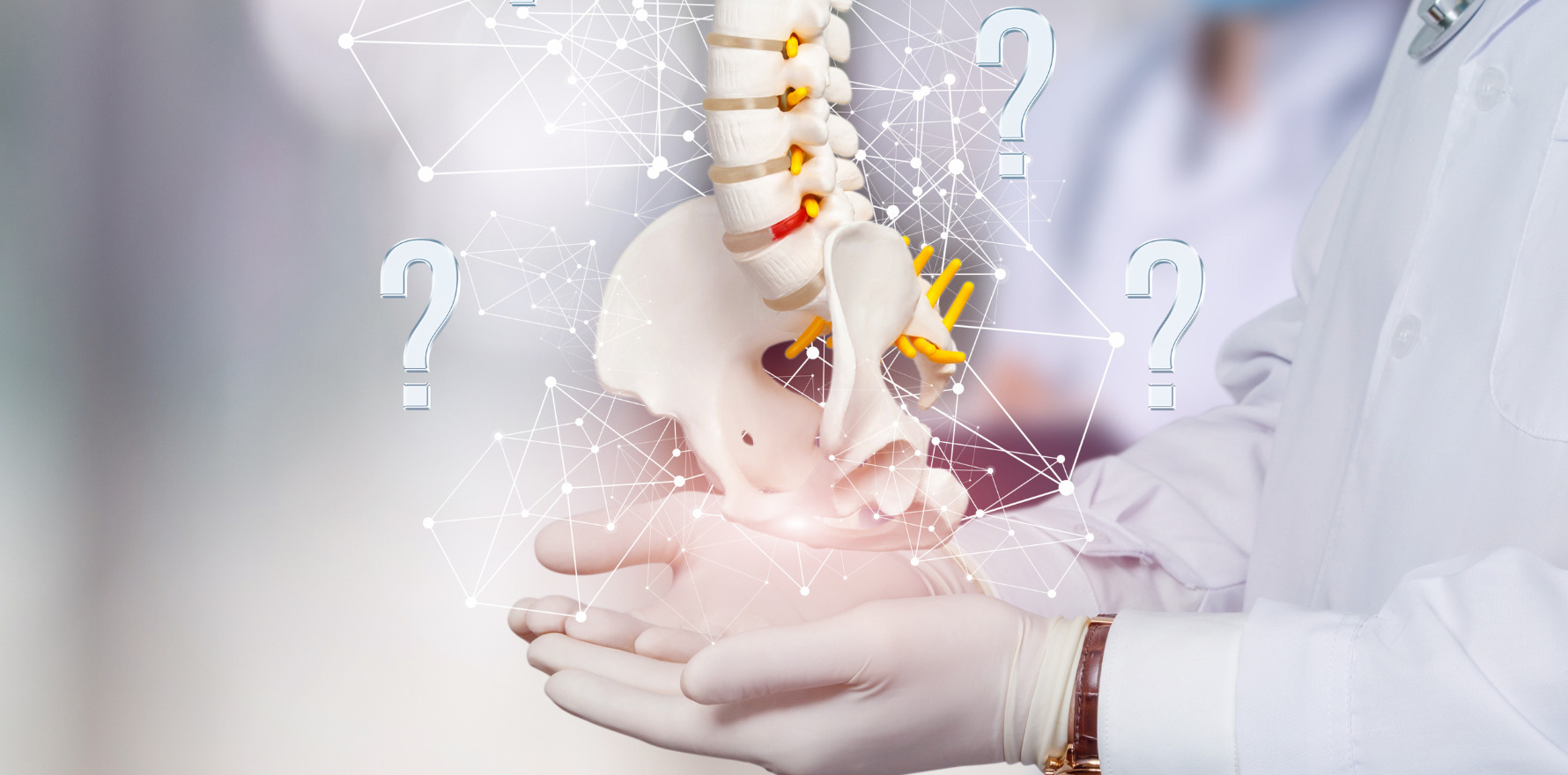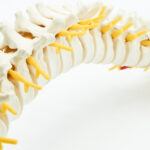UK study at EULAR 2023 looks at what time window is relevant.
Taking NSAIDs for back pain may mask inflammation in MRI scans, leading to an underestimation of sacroiliac joint bone marrow oedema, according to research presented at EULAR 2023.
Almost one-quarter of patients diagnosed with axial spondyloarthritis, who had MRI evidence of active sacroiliitis when off NSAIDs for 1-2 weeks, showed no signs of inflammation on an MRI repeated while taking NSAIDs.
“This has important implications for axSpA diagnosis and classification presenting with back pain,” wrote the researchers, led by Dr Gareth Jones of the University of Aberdeen.
The DyNAMISM (Do Non-steroidal Anti-inflammatory Drugs Mask Inflammation in Spondyloarthritis on MRI) study involved around 300 adults with suspected or established axSpA recruited from multiple centres in the UK.
Patients were asked to stop taking NSAIDs for one to two weeks before having a sacroiliac joint MRI scan. The patients then restarted their medication.
Those who had MRI evidence of bone marrow oedema lesions (50% of the original sample) then underwent a second scan six weeks later to determine the effect of NSAIDs on the lesions, whereupon 31 (24%) scanned negative.
Given the role of NSAIDs in treatment and the importance of MRI for to determine suitability for biologics, these findings could have significant implications for clinical practice.
Current Assessment of Spondyloarthritis International Society (ASAS)-EULAR recommendations for the management of axSpA include using NSAIDs as a first choice of pharmacological treatment. Biologics and JAK inhibitors are recommended for patients with an Ankylosing Spondylitis Disease Activity Score of ≥2.1 who have failed two or more NSAIDs and also have either elevated C reactive protein, MRI inflammation of sacroiliac joints or radiographic sacroiliitis.
For patients in Australia to be eligible for PBS-funded biologics, requirements include that they must first have tried at least two NSAIDs and they must have MRI-confirmed sacroiliitis with active inflammation and/or oedema.
However, in order to avoid the apparent masking of inflammation on MRI, as suggested by this study, it does mean convincing patients to give up their NSAIDs.
Of the patients who successfully completed the NSAID washout and had the first scan, almost half reported an increase in spinal pain and more than half experienced worsening of disease activity.
“If patients with axSpA (or suspected axSpA) are willing to attempt NSAID washout prior to MRI, this should be considered,” wrote the authors.
“There may be concerns about increases in disease activity or spinal pain, but we also provide evidence that almost all patients who attempt washout can successfully achieve it.”
When presenting the findings at the 2023 British Society of Rheumatology conference in April, Dr Jones stated that a two-week washout was “a reasonable target”.
POS0690 In axial spondyloarthritis, non-steroidal anti-inflammatory drugs reduce MRI-appearance of sacroiliitis (DOI: 10.1136/annrheumdis-2023-eular.4535)




